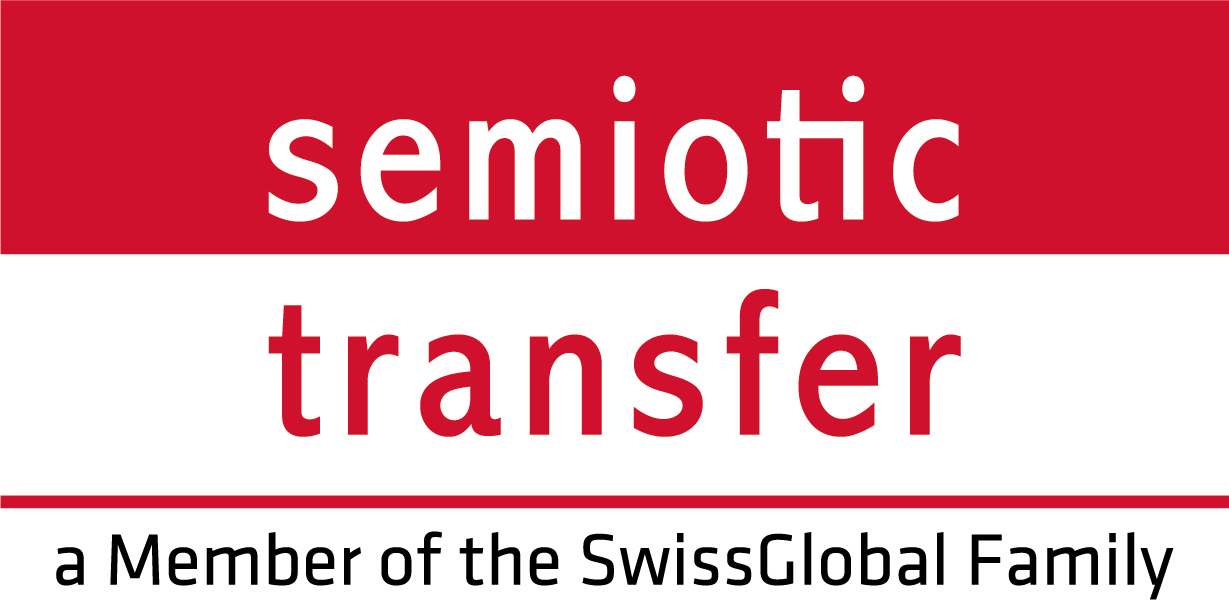Do you want to tap into new markets with your product or service and boost your sales? Are you aware that even though English is seen as the “global language”, it only allows you to reach a fraction of potential new customers? According to a study by CSA Research, 76% of consumers prefer to buy products with information in their own native language. To make sure your message actually resonates with your target audience, you need to consider the regional variants of a language as well as any cultural differences. The key to your success? Marketing localisation.
More than a grammatically correct translation
For marketing localisation, simply translating all your marketing materials into the language of your new target group isn’t quite enough. The content has to be adapted to appeal to the cultural customs, traditions, values and norms of the region in question. So it’s common that a flyer for German-speaking Switzerland looks different to one for Germany or Austria. You only attract potential customers when they’re familiar with the style of marketing and the words you use. This prompts a response and they go on to buy the advertised product or make use of the service on offer.
Benefits of marketing localisation
By localising your advertising materials, you increase the reach of your brand. You appeal to new target groups and can sell your product or service in other regions, which boosts your sales figures. When you communicate with your future customers in their own language and style, you win their trust. You also increase the satisfaction of your existing customers. And it’s a well-known fact that a satisfied customer is more loyal to your brand. With the help of marketing localisation you can also avoid making a faux pas in another region. A particular phrase might be commonly used in the UK, for example, but in the USA it might raise a giggle or even lead to a misunderstanding.
What do I need to bear in mind?
To avoid misunderstandings and faux pas, marketing localisation scrutinises the following elements and adapts them to the local rules or formats:
- Dates
- Times
- Currencies
- Dimensions
- Weight measurements
- Telephone numbers
- Addresses
- Typefaces
With a little research, these parts of a text can be quickly adapted to the correct style. The aspects below pose more of a challenge, but also need to be taken into consideration. In this case, it’s essential to consult a native translator from the region in question.
- Colours
- Images
- Graphics
- Symbols
- Local regulations and statutory requirements
- Geographical and cultural customs
- Religious traditions
- Search and browsing behaviour (SEO keywords for the most widely used internet search engine, particularly for online marketing)
Website localisation by SemioticTransfer
Do you want your website or other marketing materials translated or localised for a particular market? Then you’re in the right place with SemioticTransfer. Our multicultural team of translators is well-versed in cultural norms from all across the globe. So you’ll have no trouble appealing to new customers in whichever region you choose and successfully inspiring a purchase. Just contact us for a non-binding quote.

